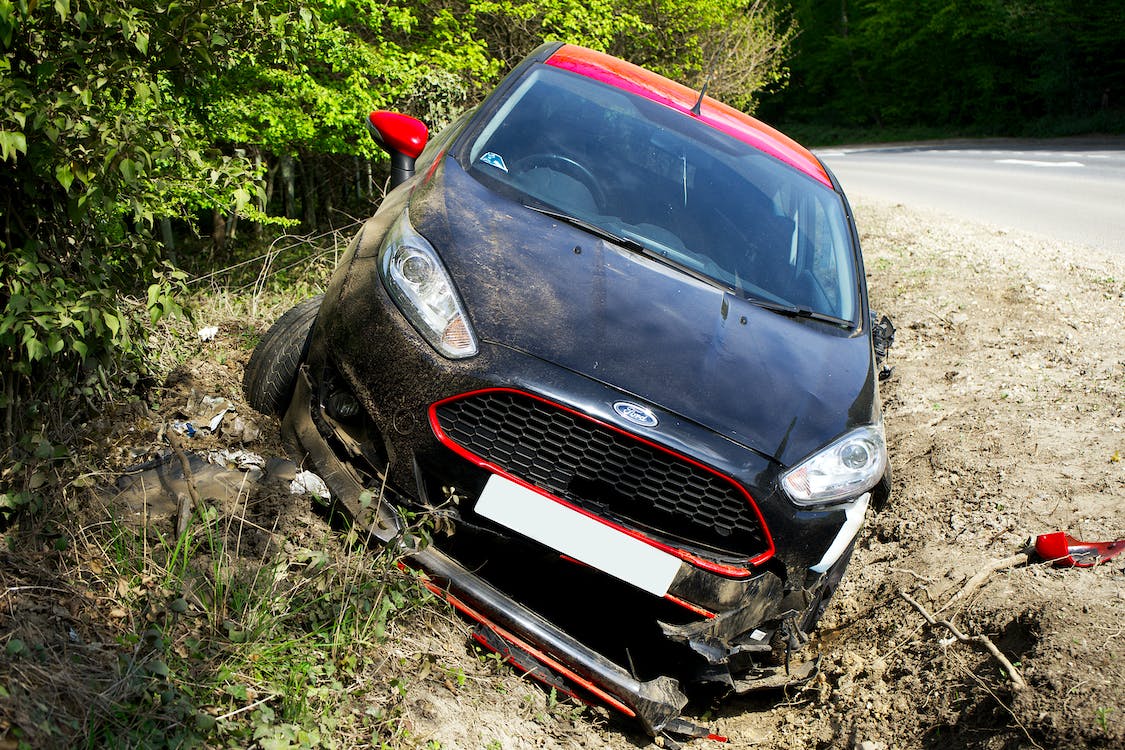As a car owner, you want to keep your vehicle safe. You also want to protect yourself and your passengers. That means staying away from accidents if at all possible.
An accident can hurt you or a passenger, and it can also harm another driver, a cyclist, a pedestrian, or even someone’s beloved pet. Safe driving can help keep you and those around you safe.
We’ll talk about rear-end accidents in the following article. These accidents happen often, and we’ll explain the best methods for avoiding them. Not only can you stay away from injuries if you follow our suggestions, but you can also keep your car insurance premiums from going up.
How Many Rear-End Crashes Happen?
Rear-end accidents account for over 30% of all crashes. This means that more than three times out of ten, a car accident occurs when one vehicle hits another one from behind.
A rear-end car accident might be what someone calls a fender bender. This term seems to imply that the damage is not that bad. Ideally, that’s the case. You might just tap the car in front of you, which probably will not result in thousands of dollars of damage.
It may surprise you to know, though, that you can still injure someone pretty severely if you hit them from behind, and you were not going all that fast. Whiplash injuries often occur this way.
Whiplash happens when someone’s head and neck whip forward and backward, usually from something striking them from behind. This injury is sometimes more severe, though you see minor cases sometimes as well.
What Happens When a Rear-End Car Wreck Occurs?
Let’s say you hit the car in front of you, causing the proverbial fender bender. You will need to stay at the scene till the police arrive. If you try to leave the scene, that’s a hit and run, which can get you in a lot of trouble.
Stay there and call the police. You can get in touch with them by dialing 911 if you have a smartphone handy. If you don’t have one, see if the other driver can call for you.
If the other driver seems angry, don’t engage with them. You can wait in your car till the police come. You can also try to pull your vehicle off the road if that is possible.
When the police get there, they can take your statement. Try to tell the truth, and don’t embellish. Remember, eyewitnesses might have seen what happened, and camera footage from store cams or traffic cams might also exist.
How Can You Avoid These Accidents?
As for how to avoid rear-end collisions, paying attention to what is happening on the road in front of you is probably the best thing you can do. The majority of rear-end collisions occur because you let something distract you.
A phone call you try to answer can distract you. A text message might as well. You might let food or a beverage distract you if you are eating or drinking while driving.
Maybe you are trying to read a billboard, and you hit the car ahead of you. Perhaps you’re having a heated conversation with a passenger, and you’re not focused on the road ahead.
Whatever takes your mind off the road, that’s often what causes fender benders. There’s one more major reason why these accidents happen, though.
Speeding
If you speed, that also makes a rear-end collision more likely. Speeding is never a good idea.
You might be okay on the highway going five miles over the limit if you see no other cars around you. If you start getting into traffic, though, you need to slow down and drive the speed limit. You should also leave at least a vehicle length between yourself and the car in front of you.
Speeding on local roads is no better. If you speed, and the car in front of you has to slam on the brakes suddenly for some reason, you might not have the reaction time to stop before you collide with them. Like distracted driving, speeding is a major rear-end collision contributor.
If you stay away from these driving behaviors, you can probably avoid most rear-end collisions. It is always possible that someone might run into your vehicle from behind, but you cannot control that. All you can really control is what you do, and avoiding rear-end collisions is often possible if you practice safe driving.

